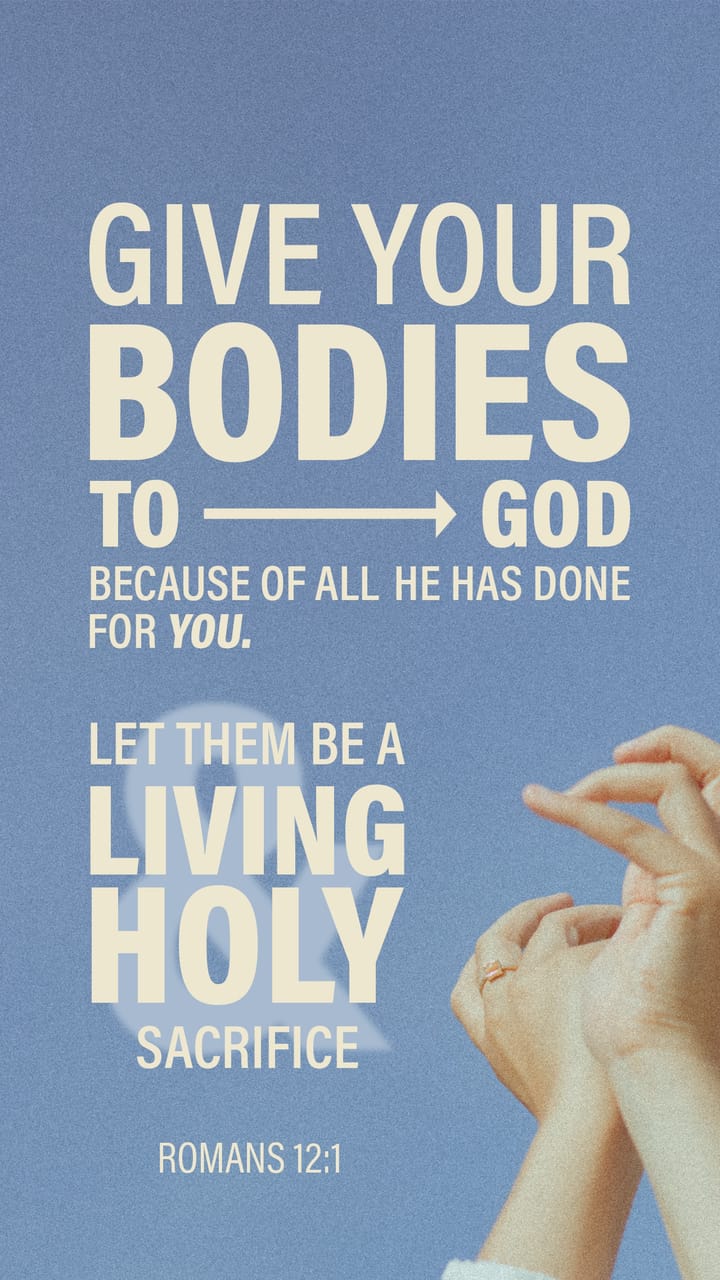The importance of Bible translation
“The Spirit is the one who gives life; human nature is of no help! The words that I have spoken to you are spirit and are life.”
John 6:63 (NET)
This verse tells us a beautiful truth about the Bible: it is life-giving. Depending on the version you use, John 6:63 might read a little differently, but you would get the same idea. That, ultimately, what a good Bible translation does: it helps us understand God’s Word. Having a Bible that you can readily understand will bring you closer to God and will strengthen your Faith.
BUT WHAT GOES INTO MAKING A GOOD TRANSLATION OF THE BIBLE?
If you’re like the majority of people, the main reason you visit Bible Gateway is to read the Bible text. And we have many options available to you—over 200 different versions of the Bible in over 70 languages!
Why are there so many—and is one better than another? Let’s explore this together by looking at the idea of translation philosophy, or the methods and mindset involved in Bible translation.
WHAT IS A TRANSLATION PHILOSOPHY?
Before we can discuss translation philosophy, we should first ask what a Bible translation is.
It’s worth noting that the books of the Bible were first written in Aramaic, Hebrew, and Greek. These languages as written are not used today. A Bible translation is an interpretation of Scripture from its original languages into another.
As you can imagine, this can be pretty complicated. Translators and translation committees have to take a number of factors into account when doing their work:
Being true to the original meaning of the original language
Considering the cultural implications of daily activities at the time a passage was written.
Interpreting how our current culture deals with similar issues today.
This is where translation philosophy comes into play. Translation philosophy shapes the reading experience in a target language as it balances two factors:
Accuracy to the original languages
Clarity for a reader of the target
Within English Bible versions, translation philosophy is usually expressed as a spectrum between two poles:
Word-for-word
Thought-for-thought
There are strengths and weaknesses to each of these, along with a fair amount of debate. There are many articles and resources available to help you understand these debates. (One we recommend is Bill Mounce’s booklet “What I Have Learned About Greek & Translation Since Joining the CBT”.)
For now, let’s focus on the benefits. To do that, let’s explore these translation philosophies, and how they differ from one another.
WHAT IS A “WORD-FOR-WORD” TRANSLATION?
Word-for-word translations attempt to render the words of Scripture as literally as possible. The goal is to minimize interpretation of meaning and leave that work for the reader.
It is the same approach as translating “I love you” from English into Spanish (“Te amo”). A word-for-word translation presents the words, and leaves you to determine the tone and meaning from the context. (They might be said in jest, as an earnest declaration, or even to a pet.)
The most strict version of a word-for-word translation would be an Interlinear. This is where you would have the English word follow the word order of the Greek words. Other popular translations that use this approach include the NKJV, KJV, and ESV.
To get a more thorough understanding, read this article on word-for-Word Bible translations.
WHAT IS A “THOUGHT-FOR-THOUGHT” TRANSLATION?
A thought-for-thought translation focuses less on the specific words and more and more on the intended meaning of Scripture. These translations tend to be more open to common phrasing. Thought-for-thought versions will take the intended audience into consideration, and use the right words for that region.
A way to think about it is the different words people use for soft drinks in the United States. Depending on the region, “pop,” “soda,” and even “Coke” are used for as generic terms for soft drinks of all kinds. Thought-for-thought translations are a little like that. They use the words most likely to be understood by the Bible reader.
The furthest you can get in a thought-for-thought version of the Bible would be considered a paraphrase. You would read a summary of several verses boiled into a simple paragraph. That paragraph contains the essence of the meaning of the set of verses.
For a more comprehensive understanding of how translations fall in each category, view the Bible Translation Chart shared by TheNIVBible.com.
WHO TRANSLATES THE BIBLE?
Bible translation is completed by both individuals and committees.
The first translation for an English-speaking audience was done in the late 1300s by John Wycliffe. Wycliffe used the Latin Vulgate as the basis of his translation.
William Tyndale worked from 1525 to 1535 to translate the New Testament and parts of the Old Testament. Tyndale’s work also influenced the King James Version of the Bible, which was commissioned by King James the First of England.
The King James Version was completed by a team of more than 40 scholars, using the best Hebrew and Greek manuscripts available at the time.
While individuals can translate the Bible, today’s preferred approach is to work as part of a committee. These are groups formed to determine how major translations are worded. (They are also a great place for problem solving different translation issues.)
The Committee of Bible Translation (CBT) was formed for the New International Version. Translation committees were also formed for the ESV, NET, and CSB.
There are also whole organizations that are built around translation work to ensure the Bible is available in under-served languages. This includes Biblica, who stewards the most popular modern English NIV. Biblica has also provided dozens of translations in languages other than English to BibleGateway.com.
This important work is done by organizations like Biblica, Wycliffe Bible Translators, SIL.org, and several others.
Hopefully, this gives you some insight into why there are so many versions of the Bible. You can read more about English Bible translations here.
HOW DO WE ENGAGE WITH THE BIBLE?
With all the options available, you may be asking where to start. Which translation do you choose for your Bible study?
First, ask your pastor if your church has a recommendation. If you are doing this on your own, Bible Gateway will automatically show you the most popular translation. We also offer a Verse of the Day and many Reading Plans to help you build Bible reading habits.
Additionally, we partnered with Phil Collins from Taylor University, to create a Scripture Engagment section on Bible Gateway. It helps you explore many more ways to interact with the Bible. From praying with Scripture, artistic interpretations, and journaling to reading it in public, you’ll find many other ways to fit God’s word into your daily routine. We also recommend this podcast highlighting 5 ways to engage with the Bible.










